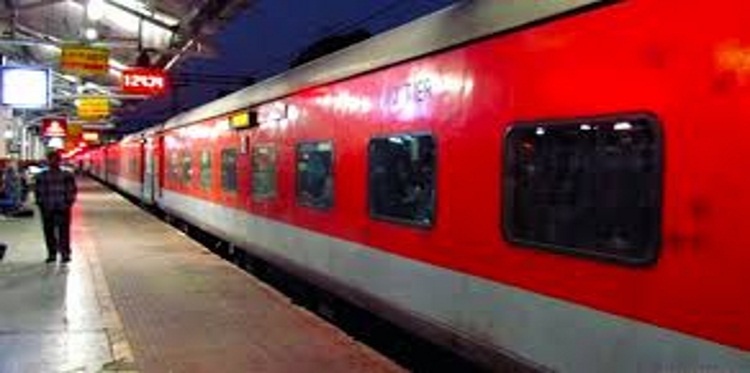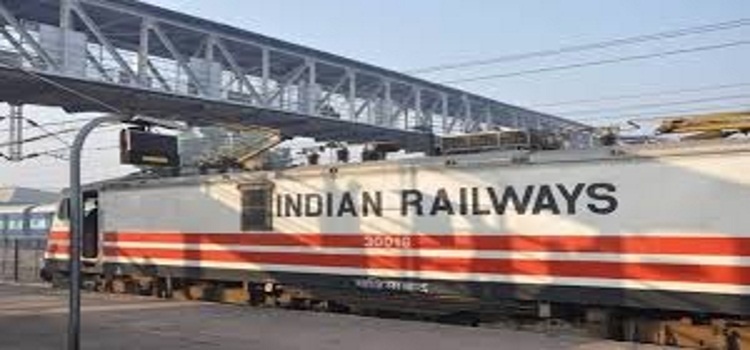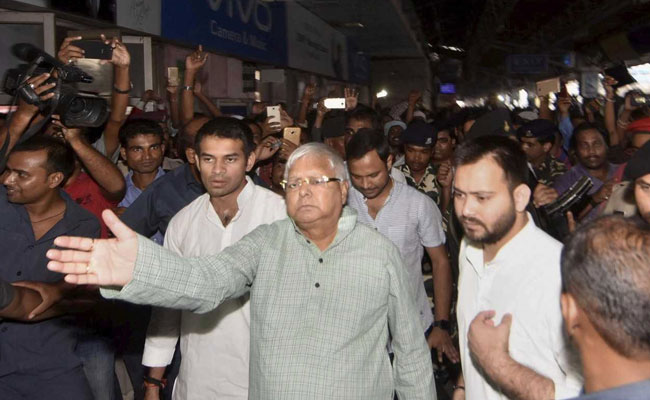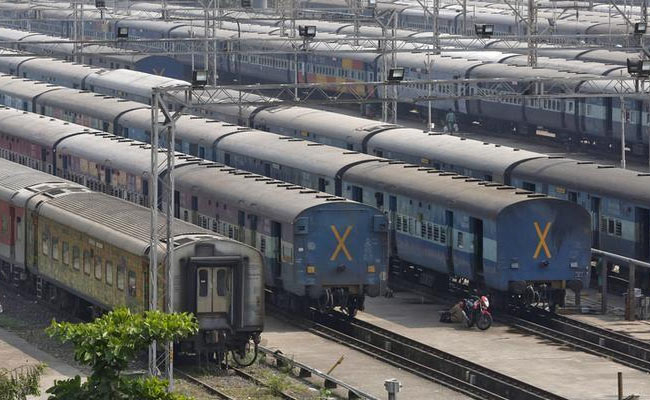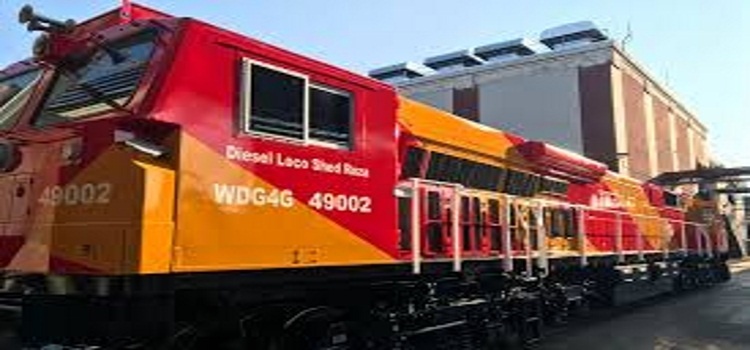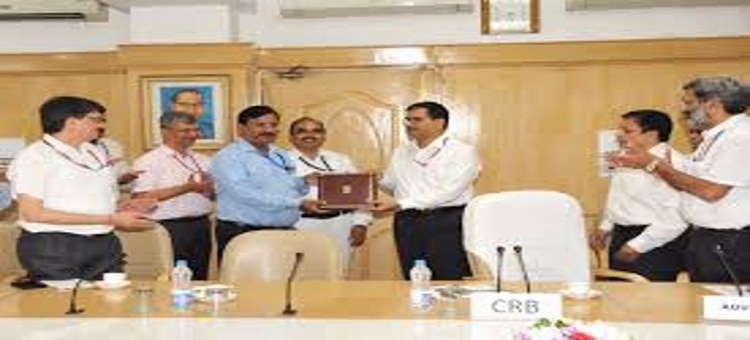
Infusion of capital to the tune of Rs 8.56 lakh cr has already been tied up for the Railways during 2015-19
In the past year, the Indian Railways has undertaken various tariff reforms, including a reduction in freight rates to improve freight traffic. These reforms have paid rich dividends in terms of growth in freight loading and earnings during the current financial year. Mohammed Jamshed, Member Traffic of Railway Board, talks to media about the reformative measures that the Railways has taken recently to improve traffic.
Could you specify some of the tariff and other reforms and what has been their impact on revenue and traffic growth this financial year?
We have recently decided to provide freight concessions for double stack containers, liberalised automatic freight rebate scheme in empty flow directions, rationalised distance slabs above 1,500 km and up to 3,500 km, withdrawn port congestion charges, offered short-lead concessions and discount for loading of bagged consignment in open and flat wagons, concessional station-to-station rates, rationalised classification of commodities, and permitted all rail routes in place of rail-cum-sea routes, among other things.
These freight tariff rationalisation schemes have yielded significant results in terms of freight loading and earning during April-August 2017 as compared to the corresponding period of last year. The automatic freight rebate scheme in empty flow direction introduced in January 2017 has resulted in 665 per cent increase in loading and 870 per cent increase in earning.
The withdrawal of dual freight policy for export iron ore in May 2016 has resulted in 19 per cent increase in loading and nine per cent increase in earning. The revised policy of station-to-station rates has yielded more than Rs 60 crore in additional revenue in this period. Under the long-term tariff contract (LTTC) policy unveiled in July 2017, significant freight rebate based on incremental growth in revenue and on the total volume of traffic are offered for long-term loading commitment for a period of three to five years. Already, nine agreements have been signed with cement and steel companies under this policy and six more agreements are under finalisation.
In which areas have these measures resulted in a significant jump in loading for the Indian Railways?
Various initiatives taken over the past three years have helped in not only reversing the trend of falling loading and net tonne km (NTKMs) but have also facilitated high growth rates in some commodities. During the period between April and August 2017, incremental loading of almost 22 million tonnes (4.8 per cent growth over the past year) has been achieved, while the NTKMs have grown by four per cent. Double-digit growth rates have been achieved in originating loading for steel (22.3 per cent), iron ore (22.8 per cent), cement (12.6 per cent), container (12.3 per cent), and other segments (10.6 per cent). The trend in the month of September is also positive and we expect to achieve four to five million tones incremental loading in this month.
With the growth in traffic, what are the major plans for augmenting railway capacity?
The Indian Railways has been grappling with capacity constraints due to years of underinvestment. These acute capacity constraints have adversely impacted both passenger and freight business. Recognising the need for capacity augmentation to regain market share, we have accorded priority to significantly improving capacity on the existing high-density networks, gauge conversions, doubling, tripling, and electrification.
Infusion of capital to the tune of Rs 8.56 lakh crore has already been tied up for the Indian Railways during 2015-19. Out of this amount, Rs 2 lakh crore will be used in network decongestion, Rs 1 lakh crore in station development and logistics parks, Rs 1 lakh crore in rolling stock, Rs 1.27 lakh crore in safety, and Rs 0.65 lakh crore in high-speed rail. The Plan Expenditure has already been increased from Rs 57,000 crore in 2014-15 to Rs 94,000 crore in 2015-16 and Rs 1.11 lakh crore in 2016-17. In 2017-18, we have further stepped up the capital expenditure to Rs 1.31 lakh crore with the focus remaining on the most remunerative capacity expansion works.
The Railways is targeting massive capacity augmentation by way of two dedicated freight corridors (DFCs) by 2019 and is planning three new DFCs. In addition, enhanced rolling stock procurement is also planned by the Railways through public sector units as well as the private sector.
Terminals have been an area of concern. What has been done to promote private freight terminals and capacity of existing terminals?
As a conscious strategy, the Indian Railways has decided to encourage private investment in terminals and sidings to bring about improvement in freight terminals. The liberalised siding policy was issued in August 2016. The policy is targeted towards making the process of setting up of private siding industry-friendly, minimising delays by fixing timelines, ensuring transparency and objectivity, and sharing of costs and burdens.
The PFT policy was revised in 2015, making it more attractive and industry-friendly, and 103 proposals have been received for development of PFTs at different locations. Out of these, 49 PFTs have been commissioned and are functioning with an investment of approximately Rs 1,200 crore. In principle approval has been given by the zonal railways for 40 proposals and the remaining proposals are under examination.
How is the coal sector doing? Are you looking at higher coal loading from Coal India (CIL)? Would this play a significant role in taking care of the shortfall in loading of imported coal?
The demand for coal during 2017-18 has been much more buoyant than what it was in the past two years. Apart from imported coal, where there has been a decline over the past year, loading from all other sources has shown growth during April-August 2017. Loading from CIL sources has been around 215 rakes per day during this period, against 209 rakes per day in the corresponding period last year.
We are maintaining very close coordination with CIL in order to maximise loading. The loading for the first five months by CIL has been impacted due to heavy rains. This has resulted in the loading by CIL being at the level of 215 rakes per day. The ministry of coal has directed CIL to load 250 rakes per day in the balance part of the financial year. Given the high demand for coal from various sectors and the action plan of the coal ministry to improve coal dispatches in the coming months, I would expect CIL loading to be higher than 250 rakes per day in the last six months of 2017-18.


